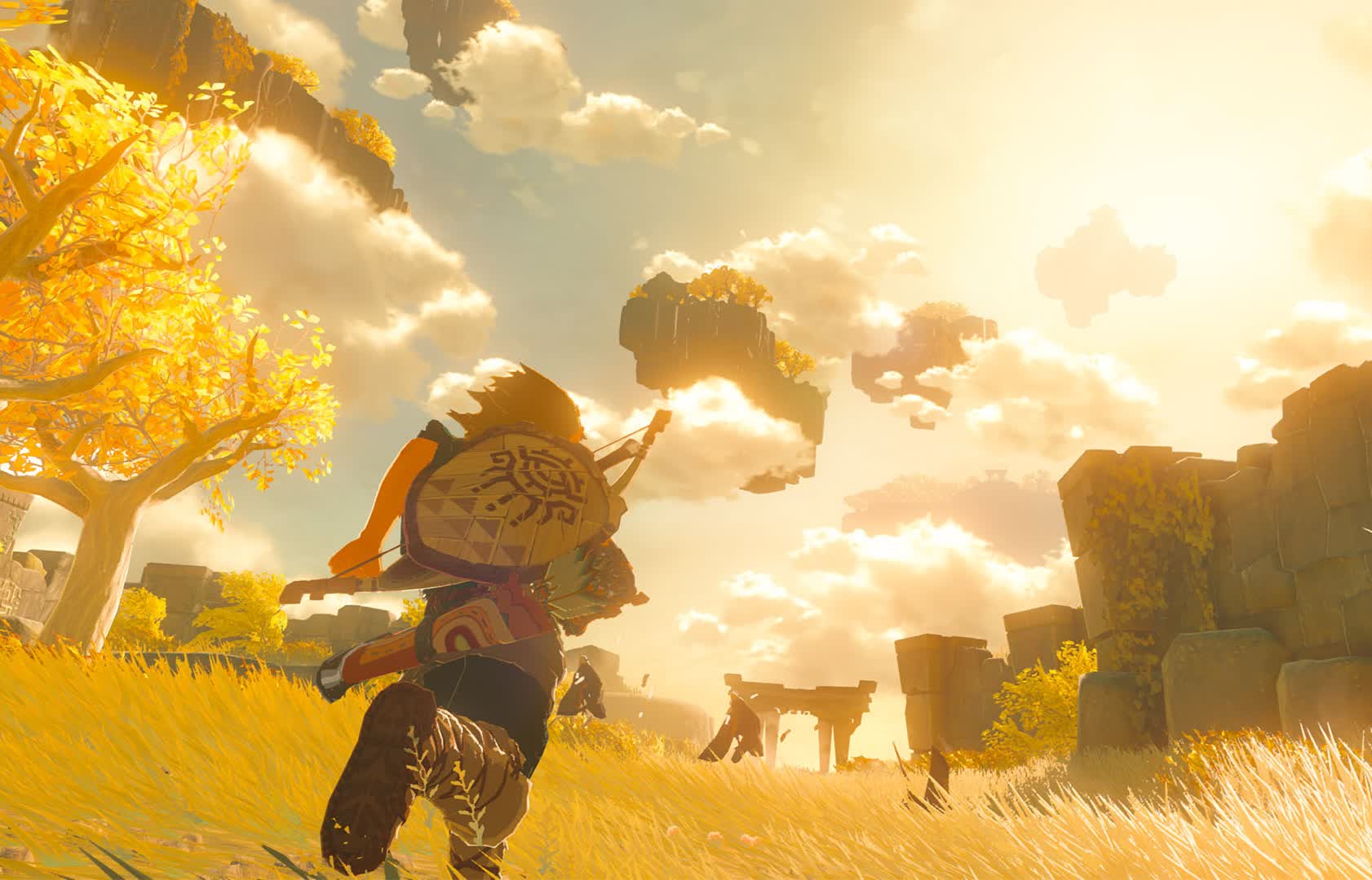The big picture: Nintendo launched the latest entry in the Zelda series last Friday, no doubt leading to some early clock outs and loads of fun over the weekend. As gamers dug deeper into Tears of the Kingdom, however, they may have noticed that the Nintendo Switch is really starting to show its age.
Dimitris from Modern Vintage Gamer couldn't help but notice some performance issues in the new Zelda. The game runs at a locked 30 fps about 95 percent of the time but occasionally and as you progress further into the story, the frame rate starts to take a hit more often. In busier scenes, it is not uncommon for the frame rate to dip down closer to 20 fps.
In lieu of an updated Switch with more powerful hardware (which doesn't appear to be on Nintendo's roadmap), some like Dimitris are turning to overclocking.
Dimitris started by upping the Switch's CPU frequency from 1 GHz to 1.58 GHz but didn't notice much of a difference in the busier parts of Zelda, suggesting the game is more GPU bound. He then boosted the GPU frequency from its stock clock speed of 768 MHz to 921 MHz. Combined with the CPU overclock, performance was much stronger in graphically intensive areas with frames hovering closer to 30 fps. but still dipping occasionally.
Taking it a step further, Dimitris pushed the memory clock speed from its default frequency of 1600 MHz to 1862 MHz. When paired with the CPU and GPU overclock, this triple play resulted in a locked 30 fps experience no matter the action on screen.
Last but certainly not least, Dimitris undid the CPU and GPU overclocks but left the memory OC. As suspected, the game stayed steady at 30 fps which points to memory bandwidth being the leading performance bottleneck on the Switch.
Dimitris didn't go into detail on how he overclocked the Switch but said that information is readily available online for those interested in the risk. A quick Google or YouTube search will likely set you down the right path.
